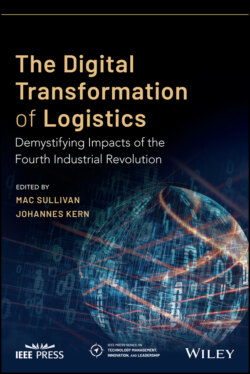Читать книгу The Digital Transformation of Logistics - Группа авторов - Страница 58
Ecosystem
ОглавлениеTo set up and run an operation in an IoT world, new players are necessary. Besides the logistics service providers, producers of embedded systems and sensors, telecommunication companies, IoT platform providers and operators, application developers, certification companies, data analytics providers, and a lot more have to be coordinated and managed to put IoT solutions into practice. A whole IoT ecosystem (Papert and Pflaum 2017) needs to be managed (see Figure 3.4).
This stresses once more the strong need for close coordination with IT‐related players and the “classical” material flow‐related players. Today, the different players in a supply chain often use their own proprietary systems to handle their data and to manage the material flow (Vial 2019). In an IoT world, the sensors of the Thing will provide all data needed for the business. In the collaboration with internal and external partners, this brings up several questions:
1 Who owns the data?
2 Who gets access and controls permissions to the data lake for which kind of data?
3 Will these original data from the Things replace the different labels, barcodes, and other storage technology in use today?
The ownership of the data might change the role of the supply chain manager and the current logistics service provider. Some big OEM customers might be the driver of the implementation of IoT logistics solutions, some logistics service provider might see some new business opportunities, but the full success of IoT logistics will only come in a connected IoT ecosystem. One example of such an IoT logistics service provider and IoT ecosystem can be seen with Alibaba’s Cainiao that operates a logistics network in China (Chou 2019). Cainiao is managing the supply chain and associated express delivery companies such as STO Express, Yunda Express, YTO Express, or ZTO Express (Wang 2018). Based on the big data of the parent company, the Cainiao network uses its own IoT platform for standardized communication and collaboration with the associated companies, which allows using IoT devices and robots in all of its warehouses and deliveries.
